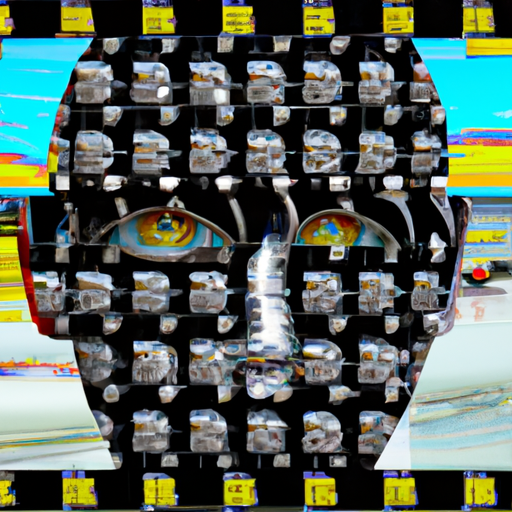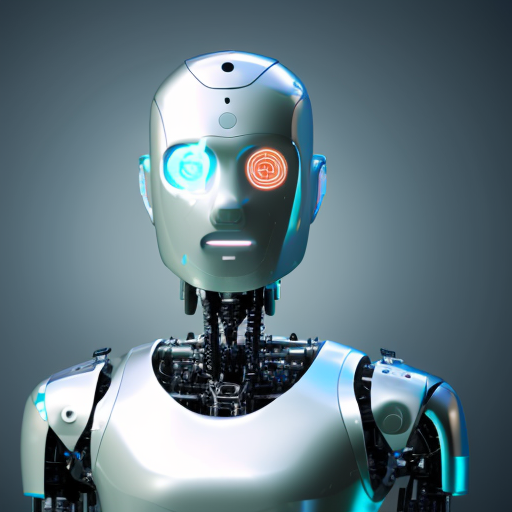
Title: Cybersecurity Punks and AI Bouncers: A Journey into the Future of Digital Fortification
Let me paint you a picture – It’s the late hours of a digital night, the air is thick with ones and zeroes, and we find ourselves standing outside the gritty, neon-lit club of cyberspace. This is where the punks, misfits, and rebels gather to probe, phish, and plunder the poor souls who’ve left their digital doors unlocked.
The virtual bouncer at the door, however, is far from your typical muscle-bound meathead. No, my friends, we’re talking about Artificial Intelligence or AI – the new breed of digital warriors tasked with safeguarding the precious data and systems that our modern world relies upon.
But what is the true potential impact of AI on cybersecurity? Can these machine learning mavens save us from the ever-expanding threats of hackers and cyber-rogues, or will they merely become another tool in their malevolent arsenals?
One thing is for sure – AI-powered cybersecurity solutions are undeniably gaining traction. As algorithms grow more sophisticated, they can identify patterns and anomalies that would elude even the most eagle-eyed human operator. They can detect threats faster, predict attacks before they happen, and adapt to new types of digital assaults in real-time.
This shift towards AI-driven cybersecurity is like having a multi-talented bouncer who not only keeps out known riff-raff but can also spot a pickpocket in the crowd or quickly identify an arsonist with a lighter in hand. But just as a bouncer can be bribed or outsmarted, so too can AI systems potentially fall prey to their own forms of manipulation.
Adversarial machine learning is a prime example. It’s the equivalent of someone changing their appearance or mannerisms to bypass the scrutiny of a bouncer. Cybercriminals are exploring ways to deceive AI systems by feeding them false information or creating new malware designed to conceal its malicious intent.
The arms race between AI and cybercriminals is likely to only escalate, with each side devising new strategies to outwit one another. In this high-stakes game of cat-and-mouse, it’s essential that AI developers continuously innovate and adapt to stay ahead of the curve.
In conclusion, the true potential impact of AI on cybersecurity is both immense and unpredictable. As the digital world continues to expand and evolve, the battlefield between cybersecurity professionals and nefarious cyber-actors will grow increasingly complex. AI has the potential to revolutionize the way we protect our digital assets, but only if we remain vigilant in honing its capabilities and addressing its vulnerabilities.
The future of cybersecurity may indeed depend on our ability to harness the power of artificial intelligence. We are charged with shaping AI into the ultimate bouncer – one who can not only spot intruders but also predict their moves and adapt accordingly. This is no small feat, but if there’s anything our journey through the wilds of cyberspace has taught us, it’s that when it comes to defending our digital homes, we must always remain a step ahead of the game.

